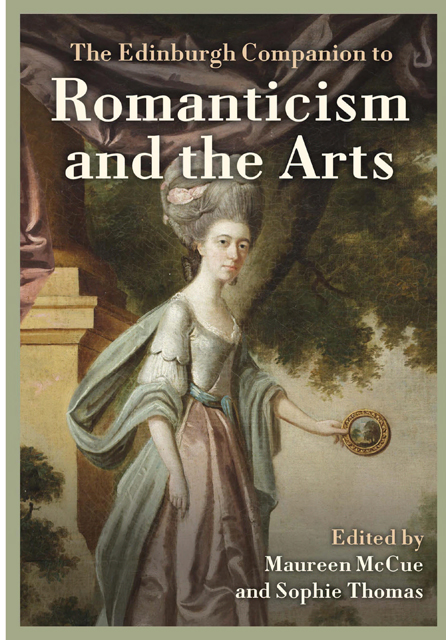24 - Nineteenth-Century Illustrated Poetry: Mise-en-Page and the VisualRhythms of Seriality
Published online by Cambridge University Press: 25 April 2023
Summary
The explosion in Victorian print coincided with a distinctive visual turn, in which material format became an overt marker of a title’s identity and content in a saturated market. Both serials and books heavily invested in their format, including wrappers, bindings, typography, illustrated title page, frontispieces, illustrations and textual ornaments, and distinctive volume size. In particular, the design of the mise-en-page (page layout) had an overt rhetorical, dramatic and performative function, with especial prominence given to illustrated poetry that capitalised on the space around poetic lines. With the industrialisation of printing, and the mass expansion in illustrative reading material, repeated mise-en-page patterns in periodical print exploited the close proximity between illustration and letterpress (which could now be printed on the same bed of type rather than separately), cultivating a reading community attuned to complex visual codes. This chapter begins by tracing the rise in prominence of the mise-en-page of illustrated poetry, which emerged as serial print was being formed and formalised in the early nineteenth century, stabilising the huge profusion of the serial’s miscellaneous content and format even as the concept of what constituted illustration and the serial remained slippery. While critics have recently explored the materiality of illustrated periodicals (Jung 2012; Maidment 2010, 2019; Kooistra 2002, 2019), the importance to readership of repeated formats over multiple serial instalments remains unexamined. This chapter focuses on the materiality of print, and especially the mise-en-page of illustrated poetry, in what is often termed the ‘golden age’ of illustration and in some key Romantic precursors: illustrated periodicals and poetry volumes, and the multiple editions of Samuel Rogers’s Italy, which all establish patterns of iterated material format that evolve into mid-Victorian middle-class illustrated magazines, especially Once a Week (1859–80) and Good Words (1860–1911).
Illustrated poetry was a striking feature of this new media ecology, and up until the end of the 1870s an astonishing proportion of poems were illustrated: 40 per cent in Once a Week and 48 per cent in Good Words. In comparison, the earlier major precursor of mid-Victorian illustrated poetry, the literary annuals, where poets were commissioned to write for engravings after paintings, had fewer illustrations. The Keepsake (1828–57), for example, included engravings for 17 per cent of poems over its entire run.
- Type
- Chapter
- Information
- The Edinburgh Companion to Romanticism and the Arts , pp. 450 - 470Publisher: Edinburgh University PressPrint publication year: 2022



